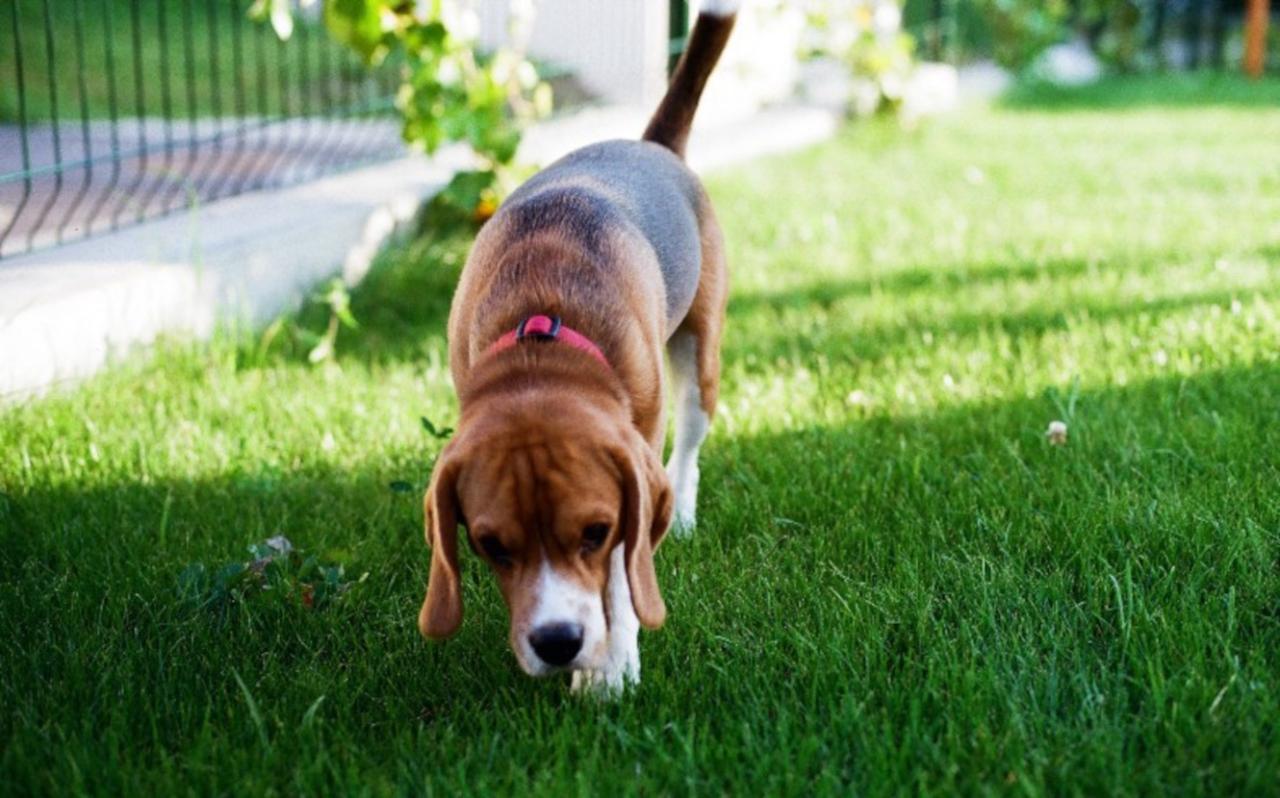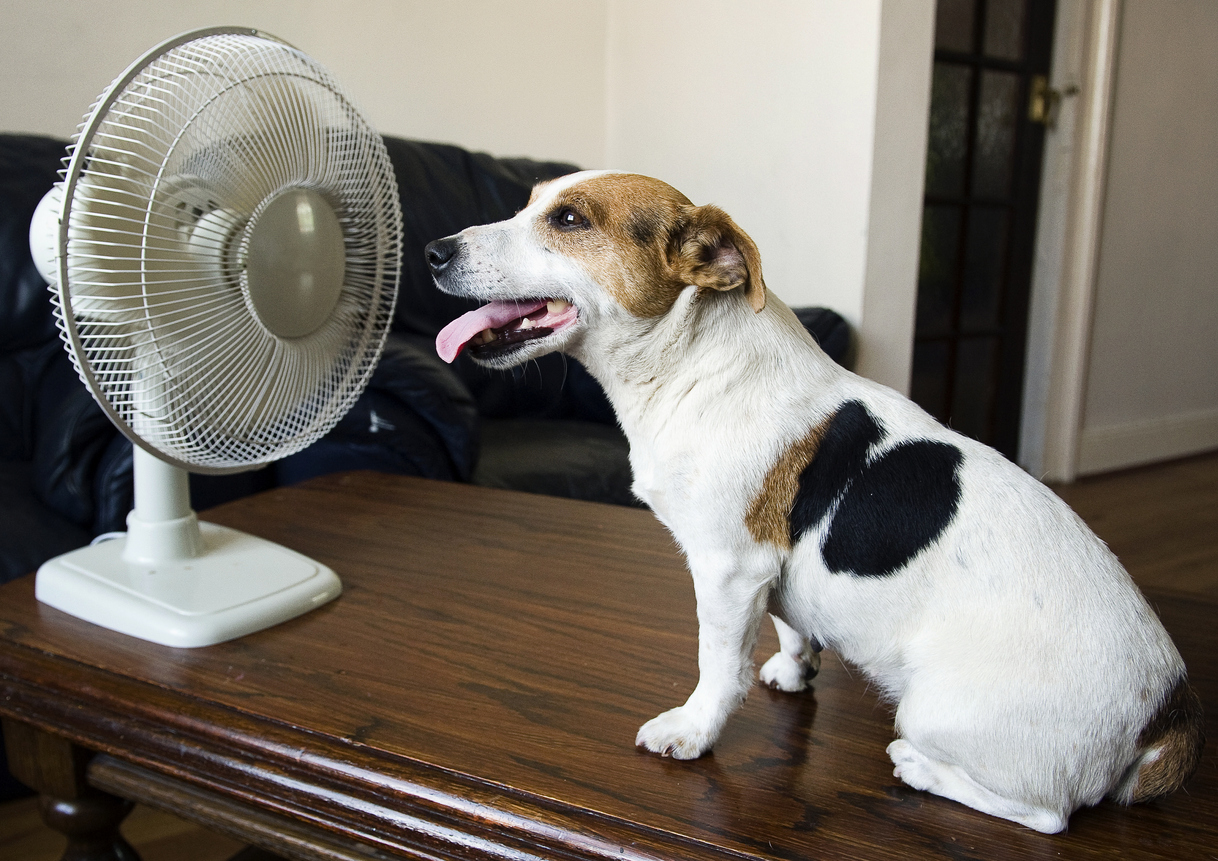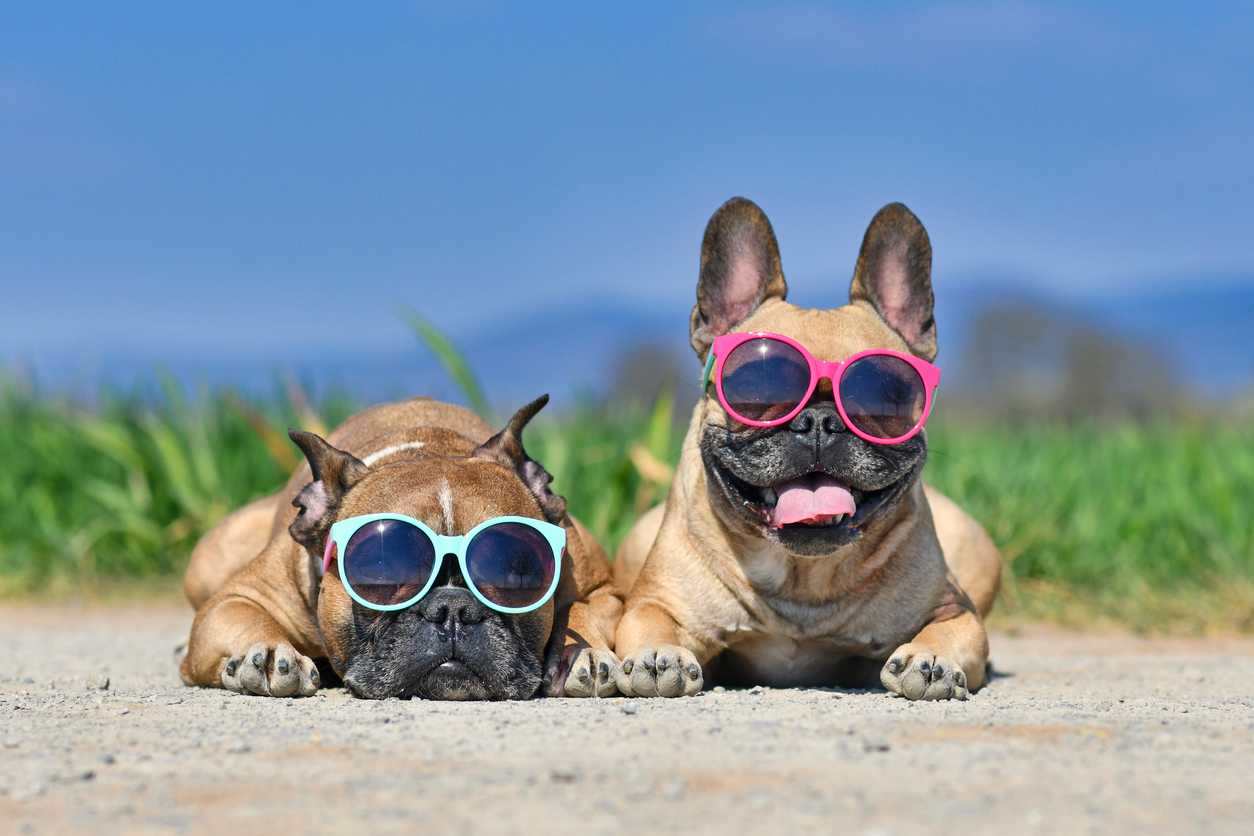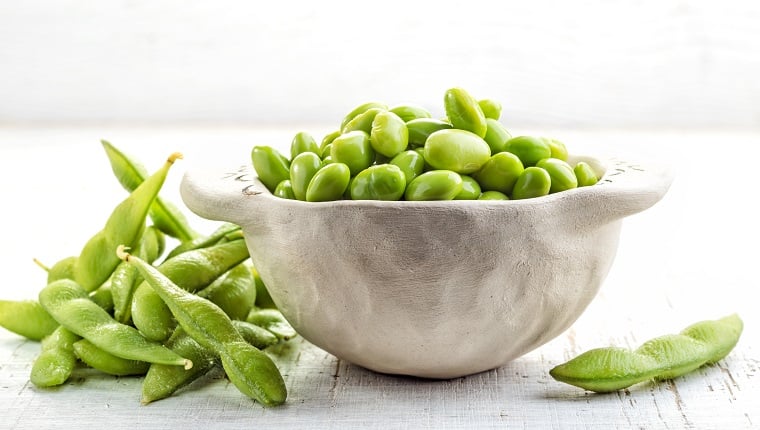
Do Dogs Need Vitamins and Supplements?

Why do dogs eat strange things?
Why dogs eat less in the summer
Some dogs are picky eaters all year round. Some people are picky eaters only in the summer. Don’t worry, that doesn’t mean your dog is dieting to prepare their beach body. Some dogs are not so hungry at all in hot weather for a number of reasons. This is usually a very normal phenomenon.
Why your dog might eat less
Decreased activity levels
Many dogs tend to be less active during the summer months. Many dog owners are aware of heat stroke, or burning paw pads on concrete, so they shorten their activity and play time. People also usually walk their dogs early in the morning or after dark to avoid the peak of the day. We call them the three-volt days of summer for a reason!

Reduced activity levels mean they burn fewer calories and don’t need to eat as much food. Many parents who love pets may mistakenly interpret it as a decrease in appetite rather than a natural response to reduced calorie needs.
Not getting enough water
Hydration is extremely important for your dog’s health and appetite, especially during the hot summer months. If your dog is dehydrated, the lining of their throat and esophagus stops helping them swallow food. Stay’s fresh food has a moisture content between 70-75%, which is very good compared to most dry foods (usually only 7-10%).
In the summer, you may also want to supplement with some ice-cold foods to stimulate their water intake. Ice cubes or puppy popsicles are a truly fun treat! And always make sure your dog has free access to fresh drinking water.
Anxious host
Sometimes, a decrease in appetite may actually be a response to the owner’s anxiety. In the case of the owner being unhappy while eating, the dog may not understand why they feel this way and may associate eating and eating with the owner’s anxiety.
There are several ways for owners and dogs to deal with this disturbing situation. The first one is to try to reduce stress and stay calm (which we think is a good piece of advice!). )。 The second is to have a calmer person handle feeding time so that the dog no longer sees it as stress time. Another great idea is to change the dog’s feeding place into a space where you can eat without the owner present.
How to stimulate appetite
If you want to maximize your dog’s feeding, a good option is to feed them after their walk. Some dogs feel hungry (although not extreme) after physical activity, in addition, all the exciting stimuli during walking may increase their appetite. Once you get back inside, they have a chance to calm down and give them that meal.
You can also improve the palatability of your food by adding some seasoned broth or even a very small amount of salt. These can get your puppy excited for a summer feast. You should add salt for a few days, and only if your dog doesn’t have any illnesses that require salt restriction.
If you’re feeding your dog treats, our general rule is that treats shouldn’t exceed 10% of their daily calorie intake. If you feed your dog more than 10%, they may be less hungry at mealtimes, so be sure to reduce their portion sizes accordingly.
If none of these methods help, and you are concerned about a significant decrease in appetite over a long period of time, we recommend that you contact your veterinarian.
As we enter the cooler season and your dog gets more activity again, their appetite should return to normal. So if your dog doesn’t eat much in the summer, don’t worry because there’s usually a simple explanation!




